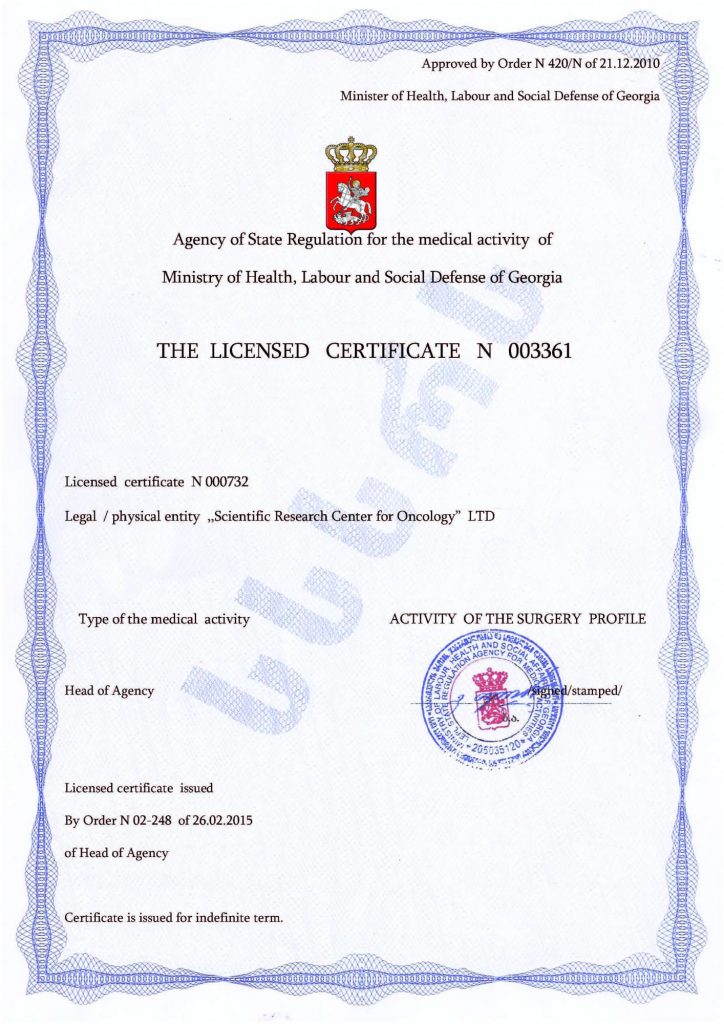A Child with Autism is Obsessed with Computers
Today, computers have become everyday companions and assistants. Autistic individuals often relate to them differently and show a particular interest in technology, driven by a combination of their cognitive features and the characteristics of the digital environment. This happens due to several factors.
- Structure and Predictability
The nature of computer tasks, including programming, requires clear algorithms and logical rules to be followed. These conditions align with the need for systematization and predictability that many autistic individuals experience, reducing anxiety and creating a comfortable environment for work. Additionally, the results of programming tasks can be checked and controlled, minimizing uncertainty. - Deep Focus and Attention to Detail
Autistic individuals often possess a heightened ability to focus on details and recognize patterns, which is crucial in the IT field. For instance, finding errors in code requires exactly these skills. This trait is also beneficial when solving complex technical problems, such as those related to electronic circuit design or algorithmic sequences. - Special Interests in Autism and Their Professional Application
Many children develop intense, specialized interests in programming, electronics, and related areas, which can later prove useful in career choices. A significant number of autistic individuals work successfully in the IT industry or engineering, including at senior leadership positions. These interests not only provide emotional satisfaction but also serve as a foundation for self-fulfillment. - Reduced Social Load
Working with computers often doesn’t require direct social interaction, which reduces stress for those who struggle with communication. Additionally, programming allows individuals to focus on tasks rather than non-verbal cues or group work. Online learning or remote work further enables individuals to adapt their schedule to their personal needs. - Learning through Visual and Algorithmic Methods
Computer programs are ideal for teaching children with autism, as they break tasks down into sequential steps. Using graphic editors or educational games helps develop logic, writing, and mathematical skills. These methods also allow for the integration of special interests (such as drawing, music, and others) into the educational process.
Computers help develop many skills and abilities. Games, programming, drawing, and other forms of “digital” activity enhance logic, attention to detail, visual perception, and memory. Through text communication, social networks, and specialized online platforms, children safely learn to interact with others. As they grow older, professional opportunities open up, as these hobbies can turn into careers in IT, design, and other fields where precision, patience, and analytical thinking are valued.
- Emotional Regulation and Self-Fulfillment
Special interests related to computers serve as a way of emotional self-regulation. Immersion in programming or design helps reduce anxiety and provides a sense of control. For example, some autistic individuals use music creation or graphic design as a way to express emotions that are hard to convey through verbal communication.
It is important to note that, while computers open up new possibilities, the time a child spends in front of a monitor should be regulated. Excessive immersion in the digital world can lead to isolation or dependency, especially if it replaces physical activity or face-to-face communication. Therefore, it is recommended to combine online activities with real-world activities—such as sports or creativity—and use visual schedules to monitor time spent on the screen.
An autistic person’s fascination with computers can have both positive and negative aspects, depending on the content, intensity of use, and the support provided by adults. It is closely linked to their strong cognitive abilities, need for structure, and the opportunity for creative expression. With the right approach, technology becomes not just a hobby but a tool for learning, career development, and improving quality of life.
However, one should not overlook the risk of social isolation—children may become overly immersed in the virtual world, avoiding real-life communication. It is equally problematic that the development of other essential skills may be limited, as long periods spent in front of the screen do not enhance qualities needed in everyday life, such as independence, motor skills, self-care abilities, and more. Special parental supervision is required to ensure the child doesn’t develop an addiction to games or the Internet, especially if they find excessive enjoyment only in such activities. Health problems are also possible—sleep disturbances, worsened vision, lack of physical activity, headaches, and other consequences of a sedentary lifestyle and excessive time spent in front of screens.
For children with autism, computers are primarily valuable because they allow them to master educational material in a comfortable setting and in a form that suits them best. During adolescence, computers can also help acquire certain professional skills. However, no technology can cure autism, which is the root cause of various developmental disorders.
Cell Therapy: A Solution to Autism
To effectively address this issue, cell therapy—an innovative technology that not only tackles symptoms but also addresses the disorder itself—can be employed. This approach involves stem cell transplantation, which enables the stem cells to transform into any other type and replace damaged cells with healthy ones. It is a safe and natural method for overcoming autism by tapping into the body’s regenerative capabilities. The procedure yields quick results, including normalization of brain and nervous system functions, stable behavior, accelerated development, and a significant reduction or complete disappearance of the disorder’s manifestations. Such changes are long-lasting, and in many cases, permanent, making corrective measures more effective.
Cell therapy is much more effective than traditional approaches and has already gained widespread recognition. It may soon become the main method of combating autism and its symptoms. Leading clinics worldwide, including the Mardaleishvili Medical Center, use this technique. The center has extensive, successful experience in stem cell transplantation, carried out by highly qualified doctors using the latest generation equipment. The service level meets the strictest standards, and the cost is lower than in other countries with advanced healthcare systems. It is also worth noting that when planning trips and addressing other concerns, including accommodation during rehabilitation, the center offers comprehensive assistance.
Stem cell therapy – a step toward a happy life, good education, and a promising career!
Autism Treatment Center Videos
Autism treatment with own stem cells
Cord blood association congress
International Quality Crown
Autism Treatment Reviews
Autism treatment with own stem cells
The story of Alessandro (6 years old)
Autism Patient Testimonial - Stem Cell Treatment
Clients Testimonials

Review by Anastasia, mother of Yusup (8 years old) Read More

Feedback from Nathalie, mother of Andre (9 years old) Read More

Feedback from Yulia, mother of Emily (7 years old) Read More

Feedback by Everita, Katrina’s mother (5 years old) Read More

Feedback from Igor, David’s father (12 years old) Read More












